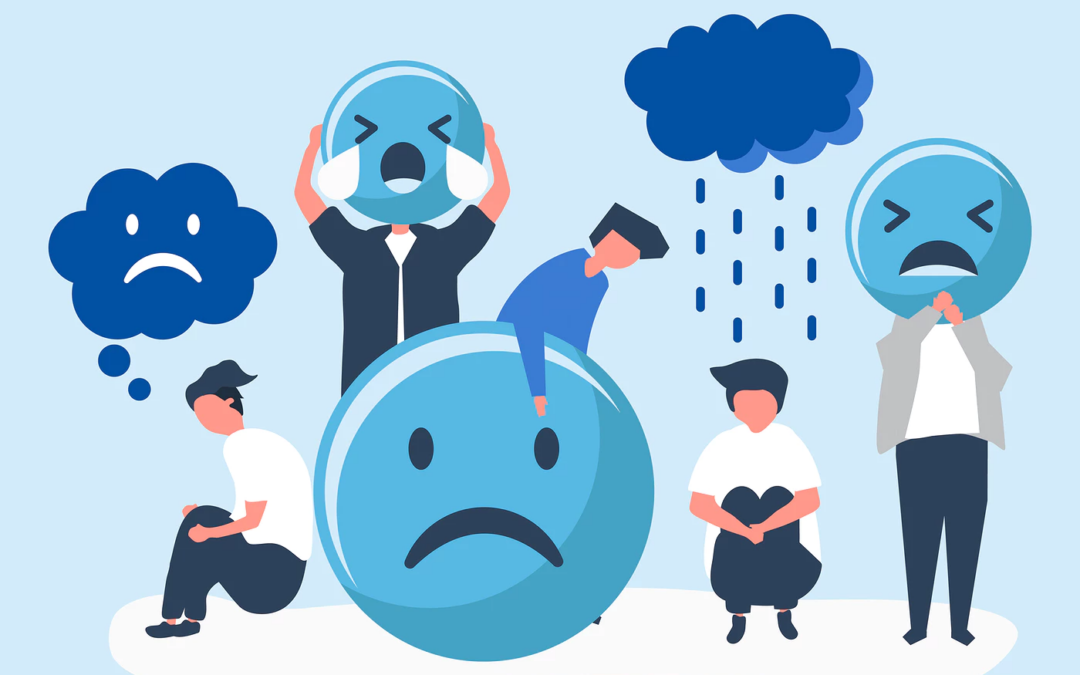You may have heard of the term ‘seasonal depression’ or jokingly used the phrase when feeling unmotivated or down during winter months – but did you know there is a name for feeling sad, anxious, or tired during the winter months? The recognized name is seasonal affective disorder (SAD).
SAD is a type of depression that follows a seasonal pattern. The most essential feature of this disorder is that the depressive symptoms occur at a certain time of year. Most often, it strikes during the winter months, when there’s less sunlight and temperatures are colder, keeping people indoors more often.
Some of the most common symptoms include:
- Low energy
- Excessive sleeping
- Feeling anxious, sluggish, or depressed
- Overeating
- Weight gain
- Craving carbohydrates
Managing Seasonal Affective Disorder
Luckily, there are some steps you can take to manage your symptoms and find the mental relief you need to make it through the dreary winter months. Here are a few proven methods for managing SAD.
1. Light Therapy. The absence of light is one of the reasons people feel more depressed in the winter months, so it’s no surprise that light therapy is one of the most common and effective treatment methods.
You could purposefully try to take walks during daylight hours, especially when it’s sunny outside or try light therapy boxes which mimics sunshine. The light from the therapy boxes is significantly brighter than that of regular light bulbs, and it’s provided in different wavelengths.
Typically, if you have SAD, you sit in front of a light box for about 30 minutes a day. This will stimulate your body’s circadian rhythms and suppress its natural release of melatonin. Most people find light therapy to be most effective if used when they first get up in the morning, according to researchers at the University of Michigan Depression Center in Ann Arbor.
2. Vitamin D. In the summer months, we tend to get way more Vitamin D from the sun than throughout winter. You can consume Vitamin D through your diet, but you may not receive a high enough dose to be effective. Instead, consider purchasing a vitamin D supplement.
3. Healthy Diet. Maintaining a healthy diet is critical for both physical and mental health. When you’re overall making healthier choices, you tend to feel better. There’s nothing wrong with indulging in comfort foods, but those items don’t have to be packed with sugar or unhealthy fats which can grog your day even more.
4. Aerobic Exercise. When you’re depressed, the last thing you may want to engage in is physical activity. But aerobic workouts — particularly done outside in the sunshine or under bright light — can have a positive impact on your mood, releasing endorphins to balance out the sadness and anxiety.
5. Aromatherapy. Aromatherapy may also help those with seasonal disorder. The essential oils can influence the area of the brain that’s responsible for controlling moods and the body’s internal clock that influences sleep and appetite. Adding a few drops of essential oils to your bath at night to help you relax or in a diffuser can significantly impact your mood.
6. Stick to a schedule. People who live with SAD often have trouble sleeping at night and getting up in the morning. Maintaining a regular schedule improves sleep, which can help alleviate symptoms of seasonal depression.

